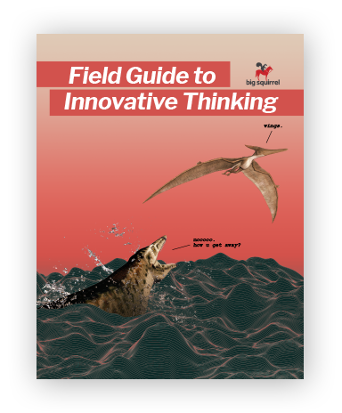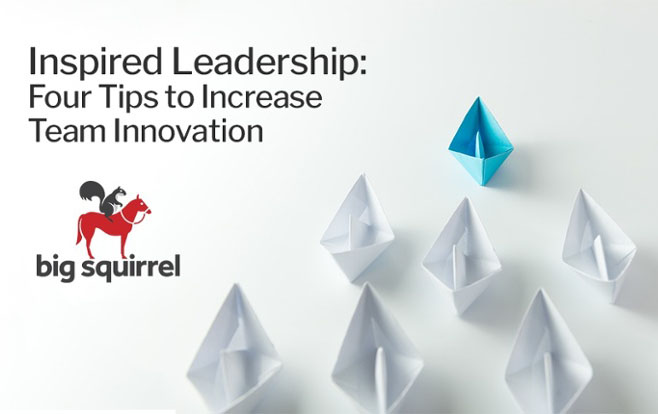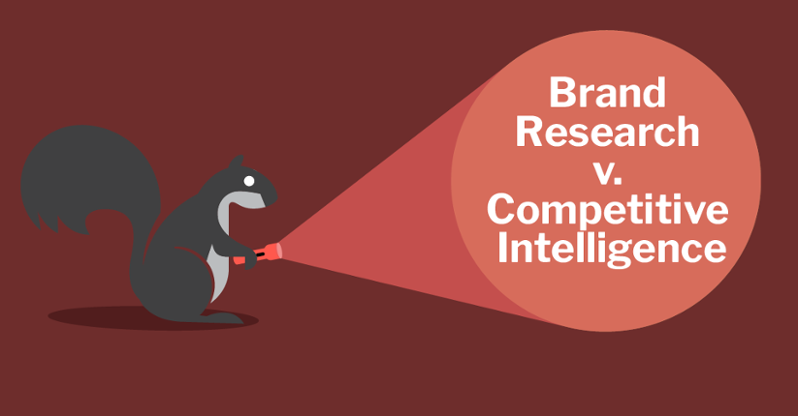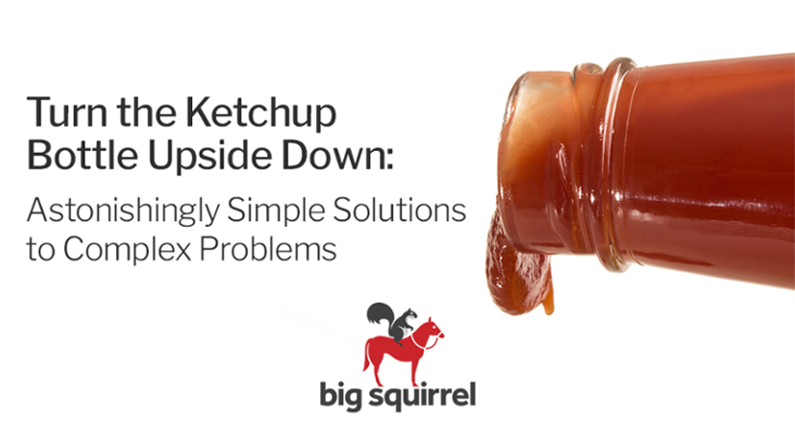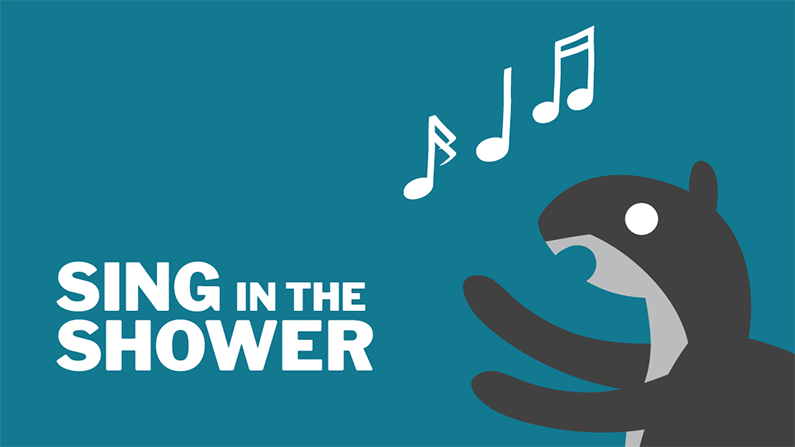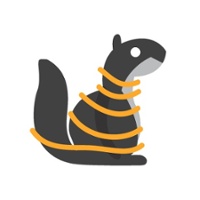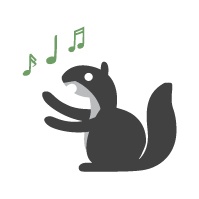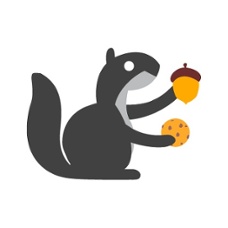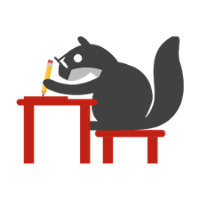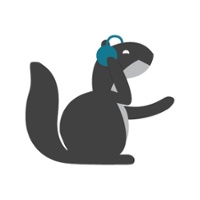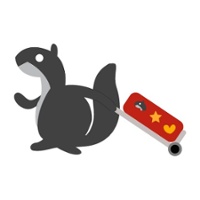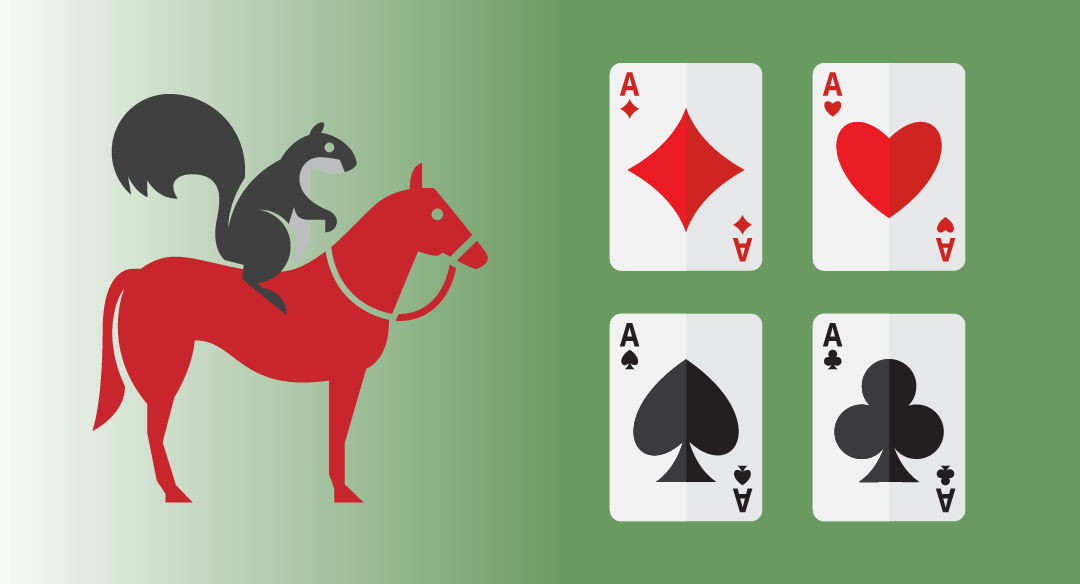
4 Exercises to Train Your Team to Solve Problems on Their Own
No senior staff member wants to hold the hands of his or her team. When team members can solve problems on their own, they can fulfill customer needs on the fly, keep customers happy, and maintain a smooth-running business. To foster creative problem solving and sharpen decision-making skills, you need to heavily invest in employee training. Employees need a strong sense of confidence to call shots without second-guessing themselves. Let your team know you’re on their side by supporting choices they make, no matter what. In addition, train your team using these four exercises to encourage independent problem solving:
1) Playing Card Mix-Up
This exercise requires teams with six to eight participants each and two decks of playing cards for each team. Mix the two decks per team at random. Each group must sort the decks without talking. Let the teams start sorting the decks however they wish. After a few minutes, instruct each team to sort the decks a different way. For example, if a team is sorting by suits, tell them to sort by number instead. The team that sorts the deck the desired way within a certain time frame has to share the methods it used to accomplish the task.
2) Create-Your-Own Activity
This exercise asks participants to design their own problem-solving activity. Instruct the participants to work in teams to design their own original problem-solving activity. Tell them to design an activity that would be appropriate for your organization. The activity cannot be something participants have heard of or done before. Teams have one hour to develop and present their activities, as well as to outline its key benefits. Ask each team how they communicated with one another and how they managed their time. As a bonus, this exercise can give you other ideas for future activities based on what the teams come up with.
3) Build a Balloon Tower
First, divide your employees into teams of three. Provide ten inflated balloons and four three-foot long strips of masking tape to each team. The object of the exercise is to build the tallest freestanding tower they can within ten minutes. Teams can break the balloons if they wish. Teams cannot use any additional materials. The winner can either be the team with the tallest tower or the team who completes the task first. Make this exercise more challenging with instructions such as no talking, each team member is only allowed to use one hand, or one team member who cannot touch materials and can only give directions.
4) The Escape Exercise
Encourage team problem solving and collaboration with this exercise. It requires one rope, one key, a lockable room, and five to 10 puzzles or clues depending on how long you want the game to take. The goal is to work together to escape a locked room within the time limit using the clues to find the hidden key. Hide the key and each clue around the room. This exercise requires everyone to work together to create a strategy, manage their time, and brainstorm what the clues could mean. It’s great for team building as well as creative problem solving.
At Big Squirrel, it’s our goal to help and equip teams to solve problems, think creatively and build consensus quickly. We’ve seen what happens when teams get stuck in the same habits– that’s why exercises like these are important. We hope this resource helps move your team in the direction of innovation and progress!
